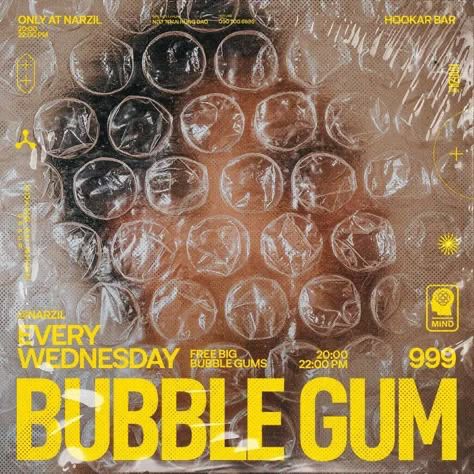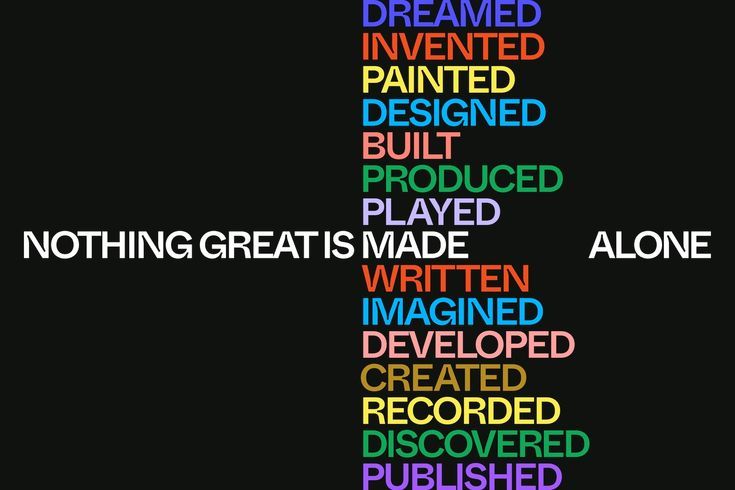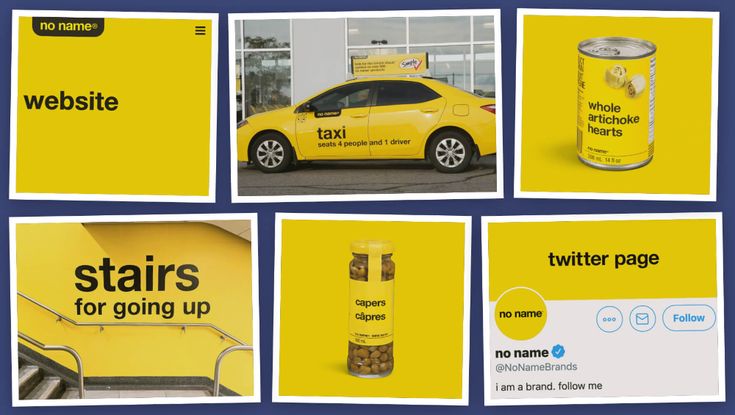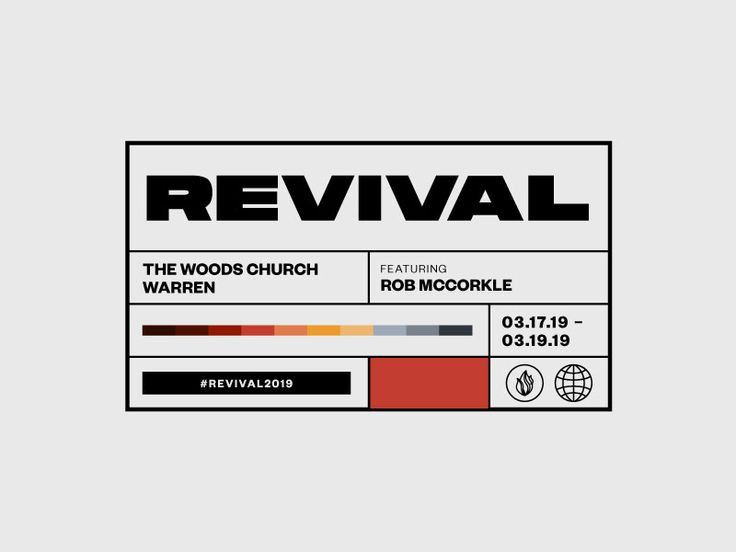Understanding Textures and Mixed Media
Textures and mixed media are making a comeback in graphic design but not just because they « look cool. »
Designers today are tired of sterile, perfect digital aesthetics. By mixing real-world elements such as crumpled paper, brush strokes, fabric scans and ripped posters into digital layouts, they’re trying to create work that feels more human, imperfect, and emotional.
It’s less about nostalgia and more about reconnecting with something real in a hyper-digital world.

Why Is This Trend Actually Happening ?
Digital Overload – The era of perfect, flat design has saturated the visual space. With filters and retouched photos, everything is starting to look the same. Textures and mixed media provide a way to break free from this uniformity and add authenticity.
Reconnecting with the Real – In a world that’s increasingly digital, people are looking for elements that feel more « real » and imperfect. Textures like crumpled paper or paint strokes remind us of a tangible, material world that’s often lost in all-digital design.
Fatigue from Standard Graphic Codes – Minimalist designs and perfectly vectorized graphics have dominated for too long, and it’s starting to feel stale. Designers want to break free from rigid software constraints and return to more organic, less-controlled processes.
The Appeal of the Raw – People are appreciating imperfections more and more visible mistakes, layers that aren’t perfectly aligned, shapes that seem spontaneous. It’s what makes a piece feel authentic and less « constructed. »
Social Media Influence – On platforms like Instagram, textured visuals stand out more. They grab attention with their human, non-robotic feel. Authenticity has also become a key factor in user engagement, making brands and creators lean into more tactile, personal designs.

Challenges of Textures and Mixed Media
Overcrowding – Without careful thought, layered textures can make designs feel chaotic or overly busy rather than dynamic and engaging.
Technical Constraints – High-resolution textures can slow down websites or digital campaigns if not optimized properly, which can affect performance.
Consistency Issues – Keeping a cohesive brand identity while using a variety of media can be tricky, especially when switching between digital and physical elements.
Will Textures and Mixed Media Redefine Design?
As audiences seek deeper emotional connections and brands strive to appear more human, textures and mixed media offer a powerful antidote to flat, over-polished digital design. When executed thoughtfully, this approach doesn’t just decorate a design. It tells a story you can almost touch. In a world of perfect pixels, a little roughness feels revolutionary.







